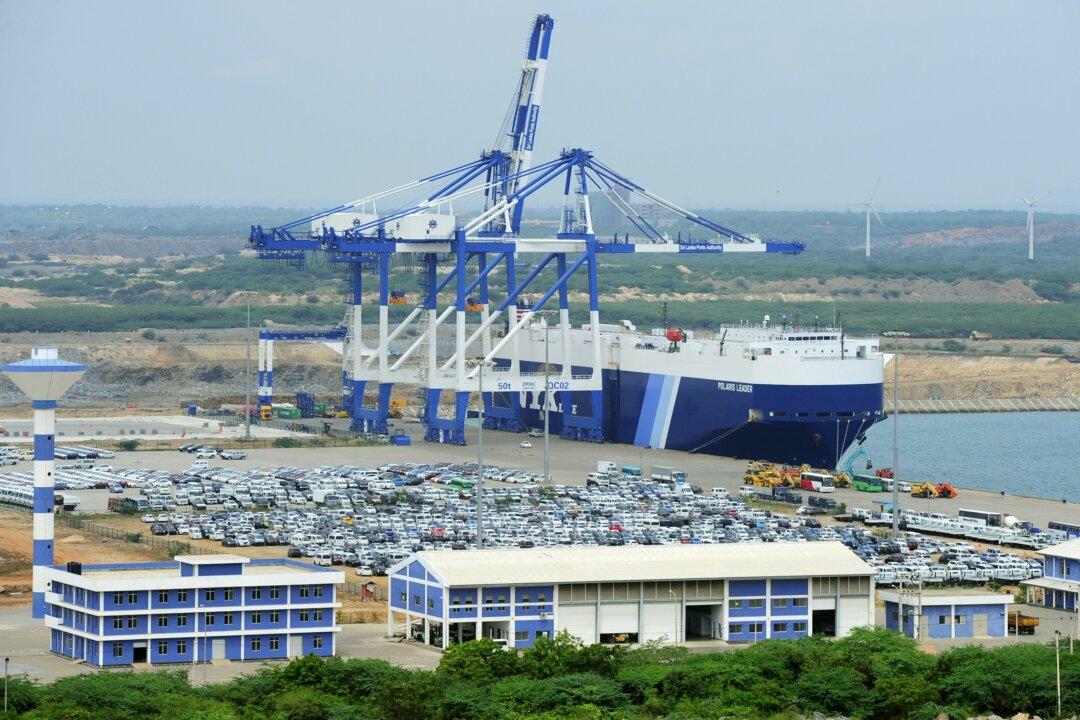An American–Canadian enterprise is claiming that corrupt actors within the Sri Lankan government fraudulently helped Chinese state affiliates to hijack the company’s legitimate development rights and products for a clean energy project at the Hambantota port.
Canadian-based developer Greenlink Global Consulting Inc. is also calling for the U.S. Congress to approve the Eagle Act, which it claims will facilitate justice in such international cases of corruption. In July 2020, the company filed claims of $400 million in damages with the Sri Lanka attorney general.





